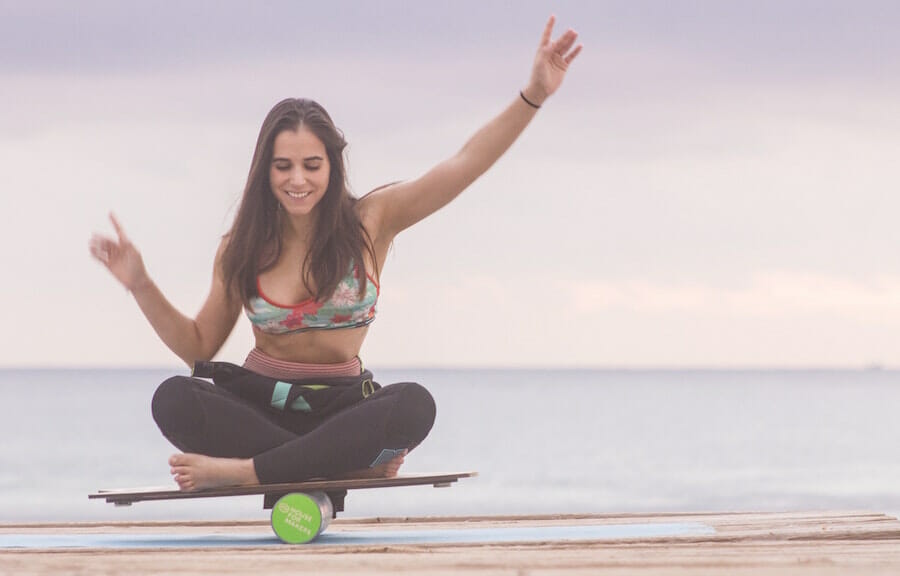
It’s World Oceans Day today (June 8), making it the perfect time to dive into yet another way to make your injury recovery and prevention regime more fun – physical therapy on the beach! Sound a bit flighty? Not all at all, at least not when you’re armed with the right advice. Let’s get to it!
5 Tips to Successfully Doing Physiotherapy Movements and Exercises at the Beach
1. Consult With a Local Physiotherapist First
Before you lather up with sunscreen be sure to consult with a physiotherapist first. No one should ever do physiotherapy on their own. More often than not it leads to self-misdiagnosis, can worsen an existing injury, and may create new injuries altogether. Skip the YouTube videos and schedule a consultation with a physiotherapist near you. In addition to receiving an in-clinic assessment and treatment, they will prescribe an effective regime of movements and exercises that you can do outside of the clinic environment. That way you can work on injury recovery (and future prevention) each day of the week. They will ask questions about where you can and will perform these exercises and movements, which typically includes a home and gym/fitness-center environment, and provide guidance accordingly. If you let them know that you’d like to put in some of the “work” at the beach they will also counsel you on how to do so while mitigating the risk of injury.
2. Find a Beach with a Minimal Gradient
While carefully exercising on uneven surfaces (such as the beach) can assist with building core balance and strength, you don’t want to find yourself on a serious incline. Thankfully the Greater Vancouver area is rich with beachfront access. There are many expansive beaches to choose from. Look for one with a minimal gradient and without crowds to ensure you can carve out a peaceful area. Spanish Banks is a great example for those of you in the Lower Mainland. That said, when the tide is out you can find a sandbar that is as nearly as flat as a physiotherapy facility floor. Explore this Greater Vancouver tide chart resource so that you can plan your future workouts around low tide.
2. Bring the Right Physiotherapy Equipment
You’ll need to load your trunk or backpack up with exercise equipment to assist with your beach workout. Start with a large yoga mat so that your gear doesn’t get covered in sand. Add a stability ball, balance trainer, exercise tubes and bands, a foam roller, and consider K-tape / athletic tape if your physiotherapist recommends it. View more on “must have” physiotherapy equipment for use at home, or the beach.
4. Add Barefoot Beach Running to Your Workout
Barefoot beach running is an exercise that will promote the growth of the small stabilizer muscles. When these stabilizer muscles are weak compared to the rest of your anatomy the risk of injury exponentially increases. In addition, beach running can help improve your balance, will assist in burning more calories (when compared to traditional running), and can help build a better footstrike – how and where your foot hits the ground. That said, these benefits can only be realized with proper guidance. View more on how to jog barefoot on the beach while supporting your physical therapy.
5. Beach Activities That Will Complement Your Physio
The great thing about outside-of-the-clinic sessions at the beach (aside from being at the beach) is that you can immediately follow-up your workout with outdoor activities that complement physiotherapy. We have already provided detailed guides to each, including the following:
- Benefits of Physiotherapy for Swimmers
- Physical Therapy Benefits of Stand Up Paddle Boarding
- Benefits of Physical Therapy for Kayakers
- Benefits of Physiotherapy for Surfing
Remember, regular visits with a physiotherapist are critical to enjoying and seeing success from all of the above. If you live in the Burnaby and Greater Vancouver area be sure to schedule a consultation with Absolute PhysioCare. Contact us today at 604.558.2273 to get started.
